Photo Essay: Rana Plaza 12 years on
Piyas Biswas in Dhaka
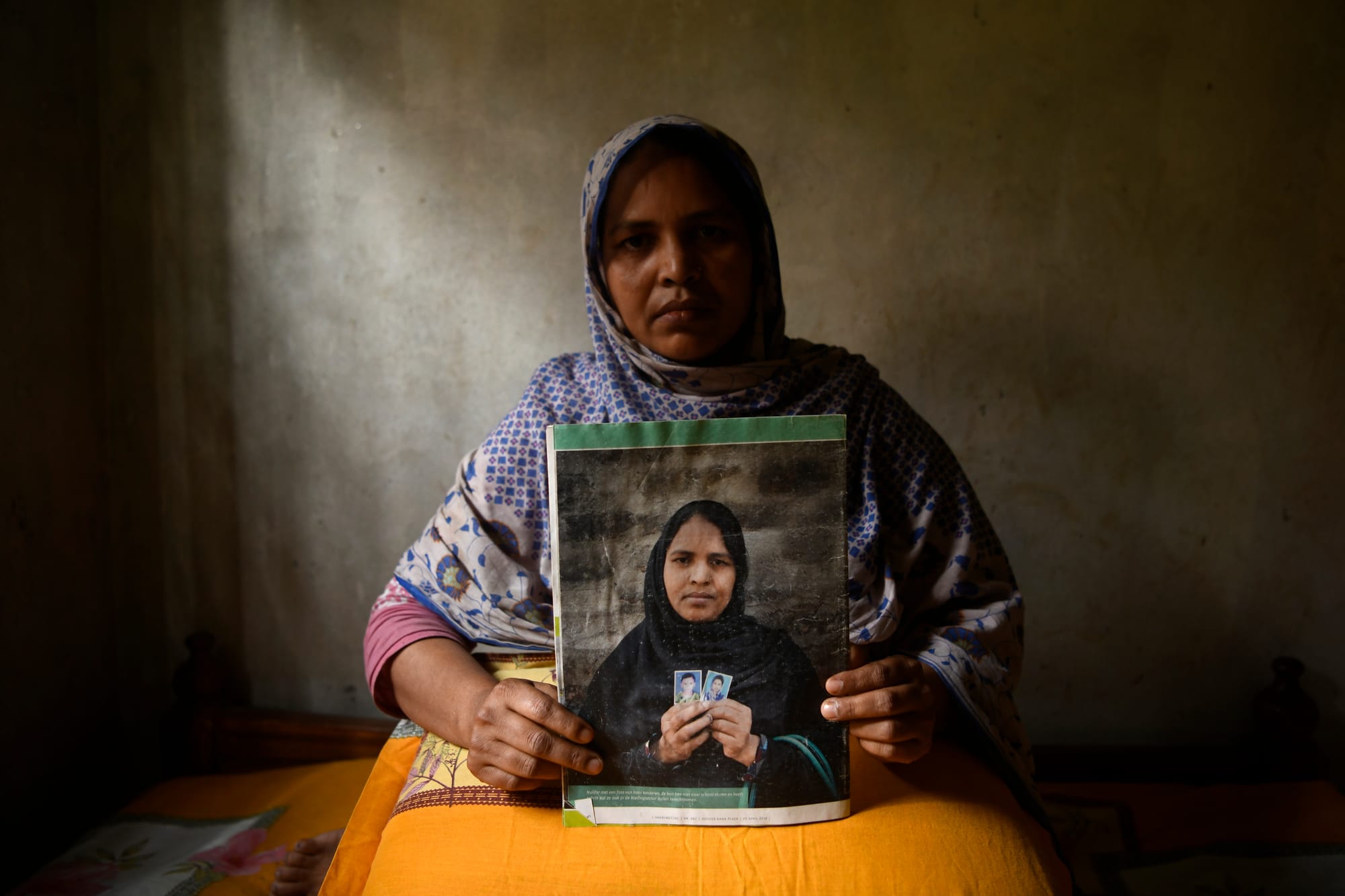
Twelve years ago today, the Rana Plaza building collapsed in Savar, Bangladesh, killing 1,134 people and injuring more than 2,500. Many of the victims were workers making clothes for Western retailers.
It was the worst industrial accident in the history of the garment industry. And for many survivors and their families, the pain and trauma from 24 April 2013 are still fresh.
According to a 2023 report from ActionAid Bangladesh, more than half of the survivors are still unemployed and almost 90 per cent haven’t worked for more than five years.
Workers have continued to push for better rights and have made gains in recent months. Bangladesh is currently the world’s second largest exporter of garments, behind China. Around 80 per cent of the country’s four million garment workers are women.
On 23 September, a landmark agreement was made between factory owners, workers and Bangladesh’s new interim government. Authorities agreed to all 18 of the workers’ demands which included a new minimum wage, lunch and night shift allowances, extended maternity leave and improved childcare facilities.
For weeks, workers had been protesting over pay and unsafe working conditions, particularly in industrial hubs like Ashulia, an area near Dhaka, prompting many factory shutdowns.
The government has also formed 11 reform commissions to improve labour rights and social protection, including compensation schemes for Rana Plaza survivors.
Today, the Rana Plaza site still sits empty. New Internationalist spoke to some of the survivors of the disaster, as well as the families of those who died, who described the impact of the collapse on their lives today.
— Words and photography by Piyas Biswas
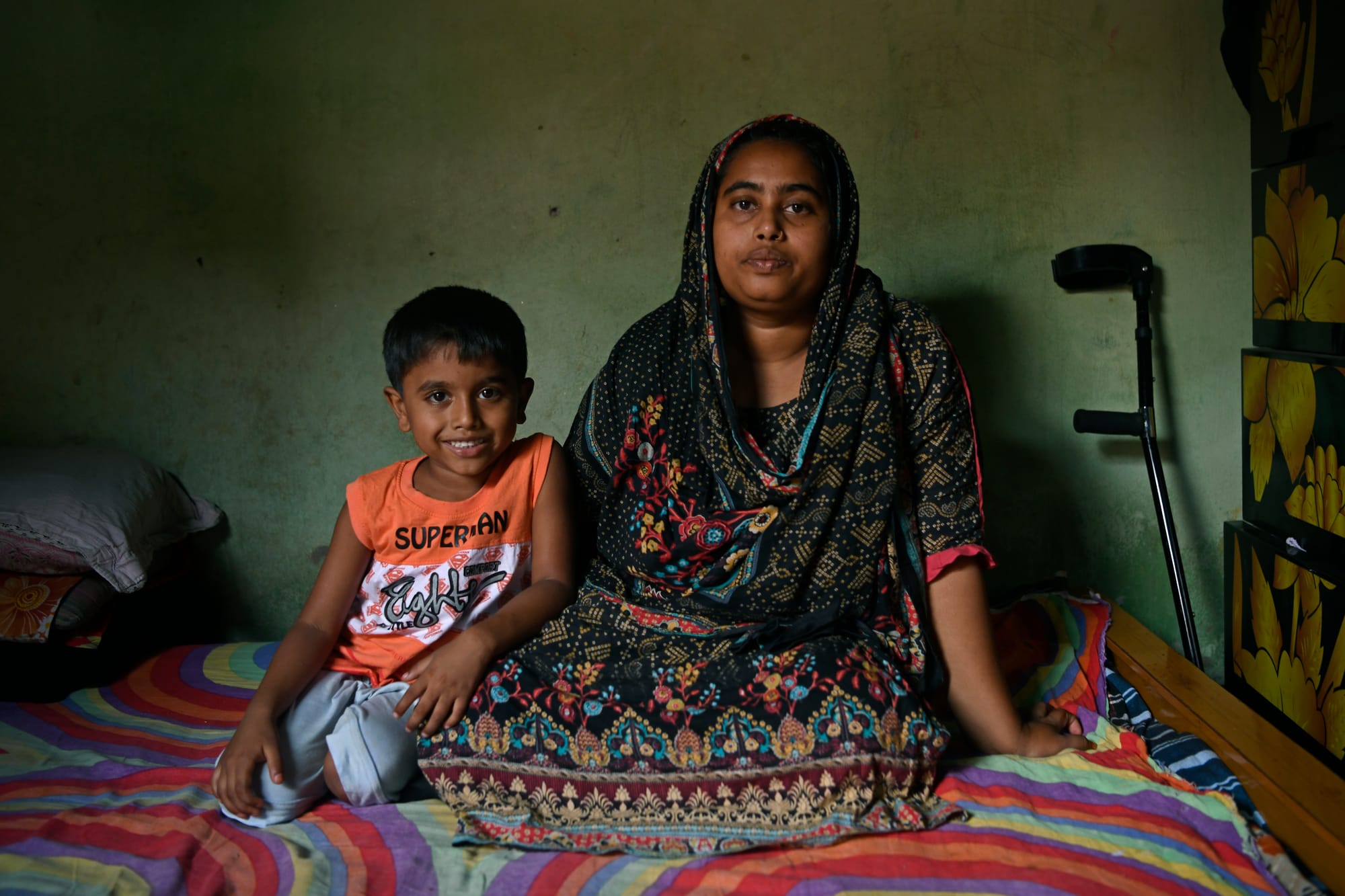
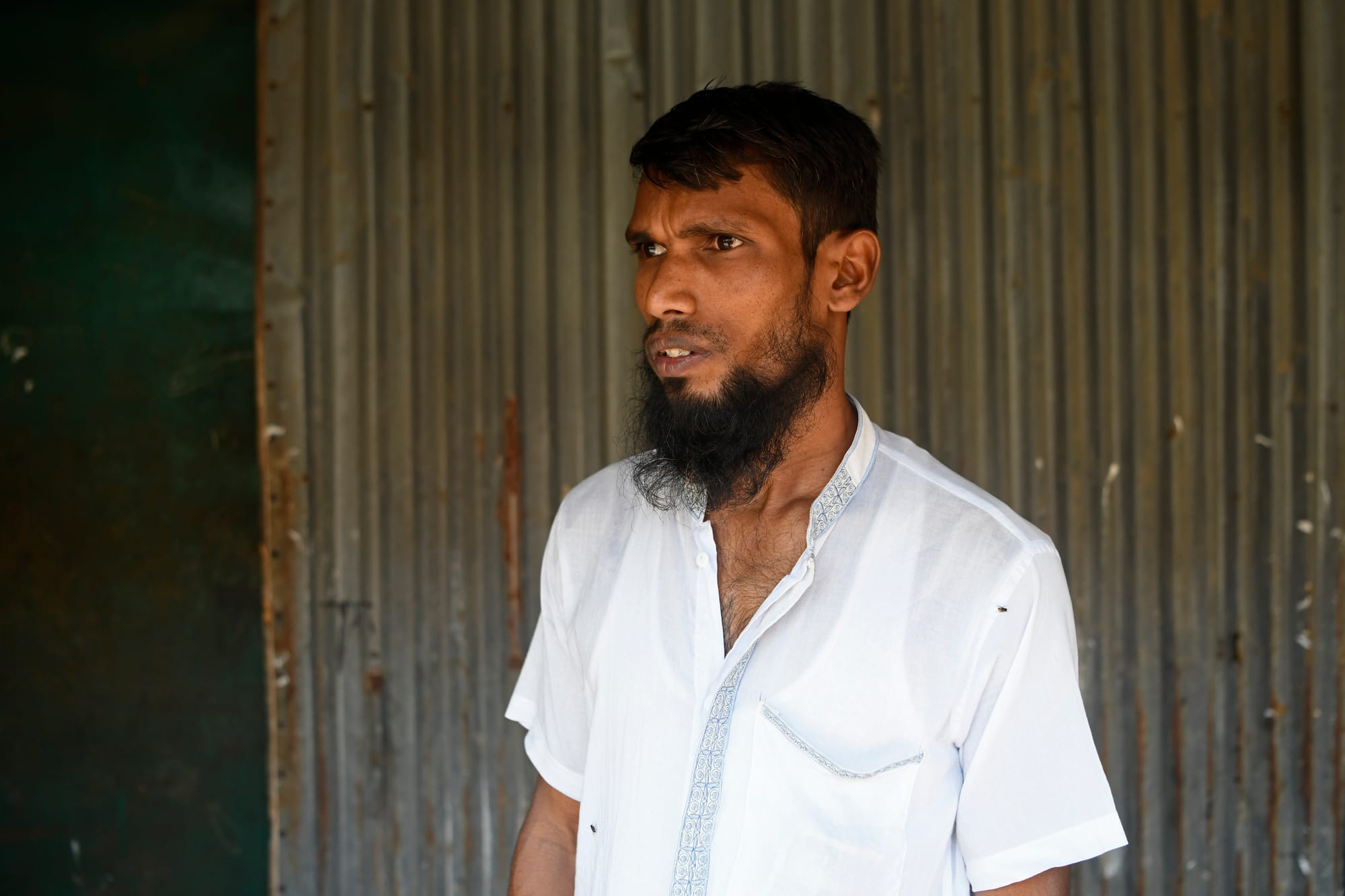
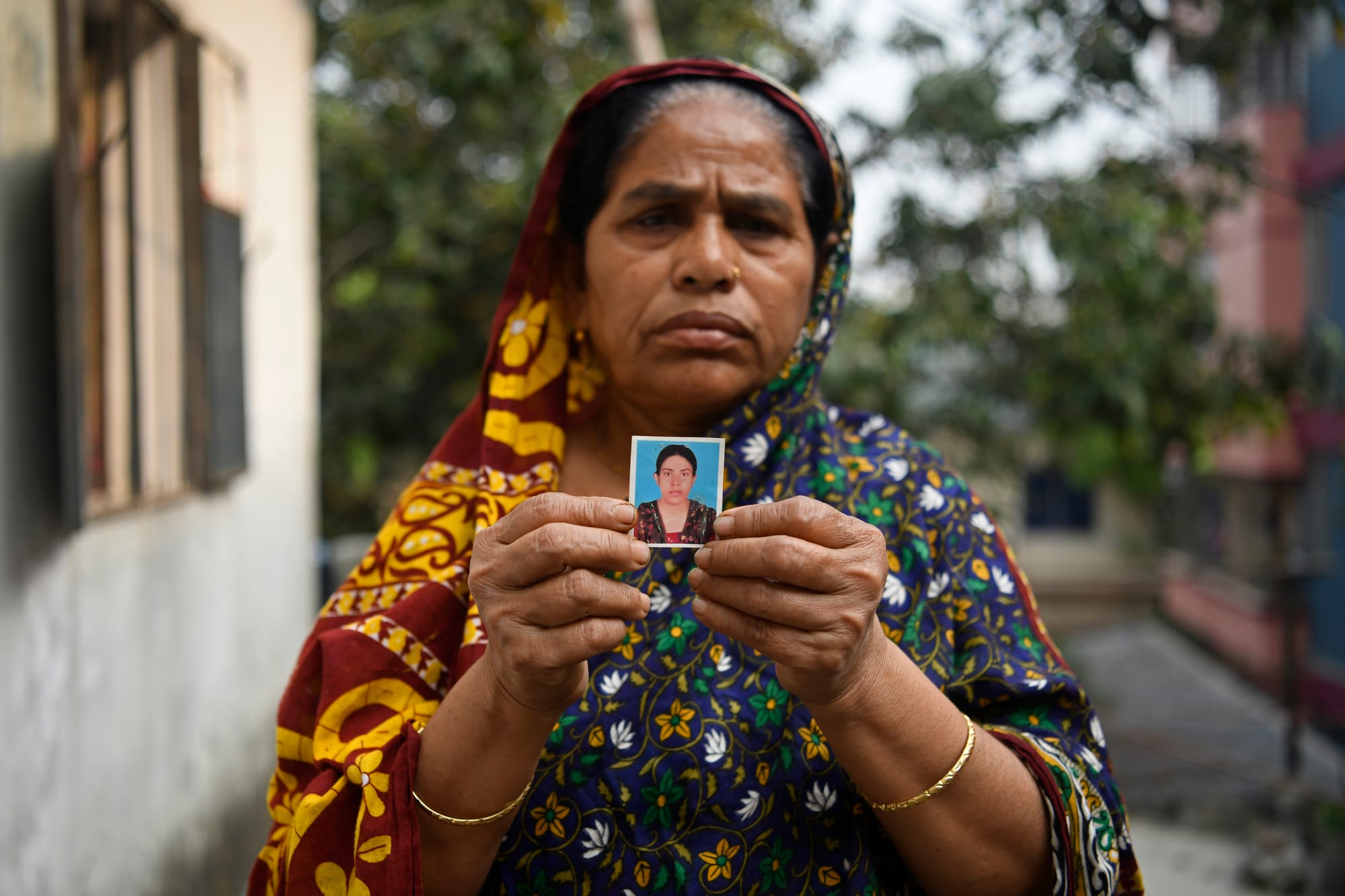
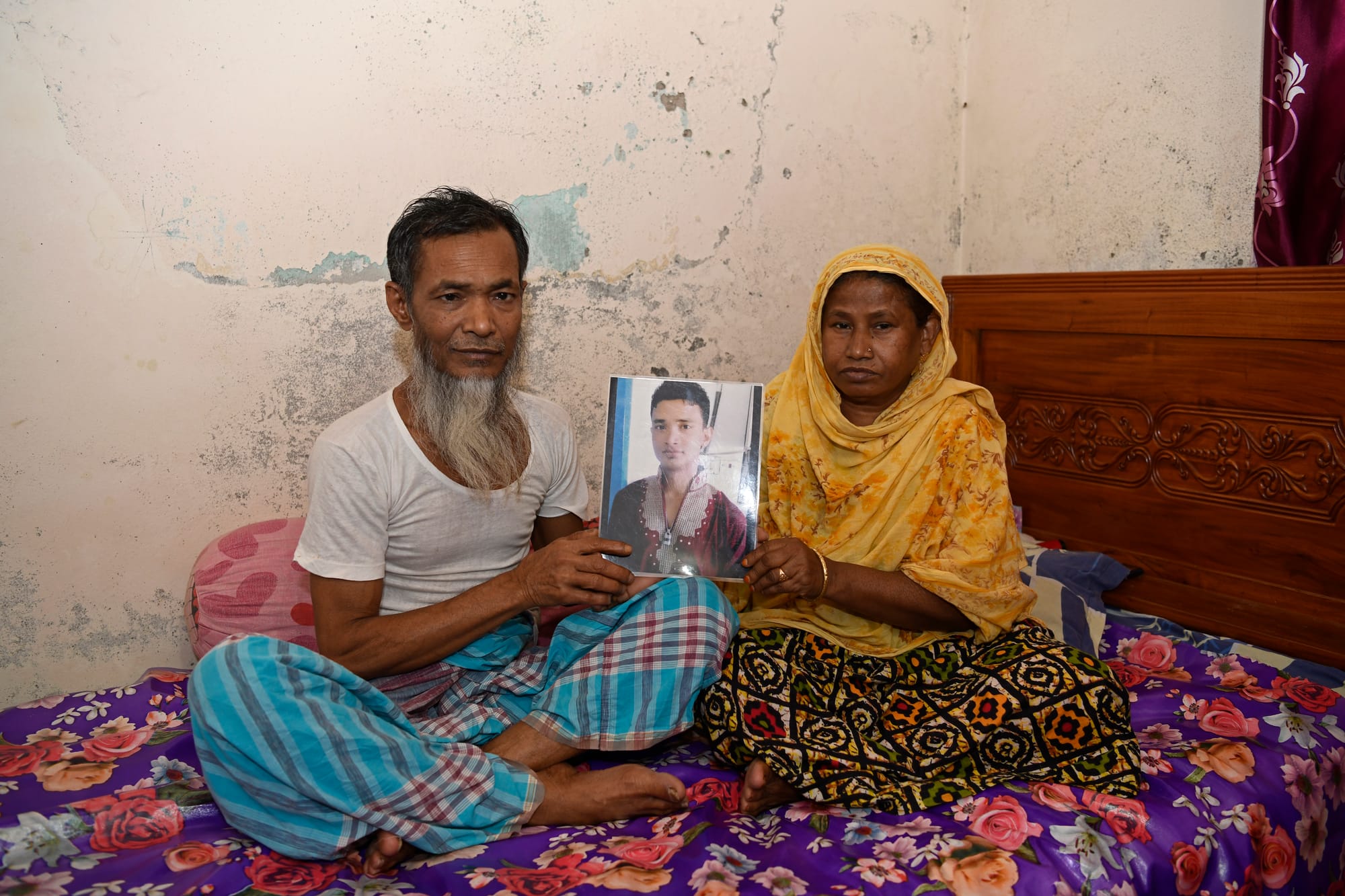

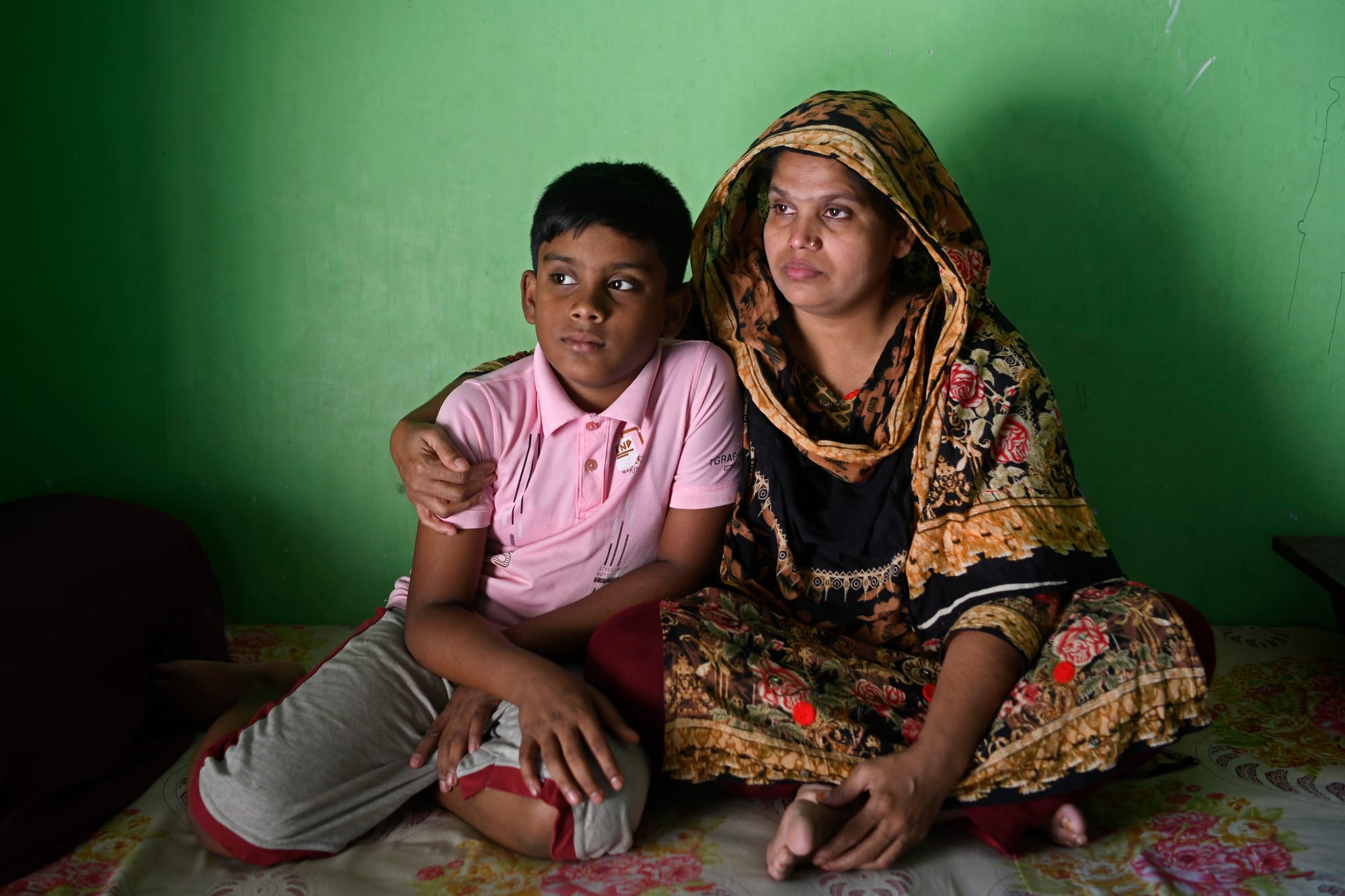
📰 Read more from New Internationalist about the compensation scheme awarded to Rana Plaza workers in 2013
👉 Follow the Clean Clothes Campaign, a worker-led network of unions and labour organizations fighting to change the working conditions in the fashion industry.
❓Q&A Can I criticize fast fashion without sounding out of touch? Find out what our Agony Uncle says!
✊ Get involved by sharing your memorial messages at Rana Plaza Never Again
Read the latest issue of New Internationalist
Like what you've read? Support us with a tip
Looking for more? Listen to our podcast The World Unspun

